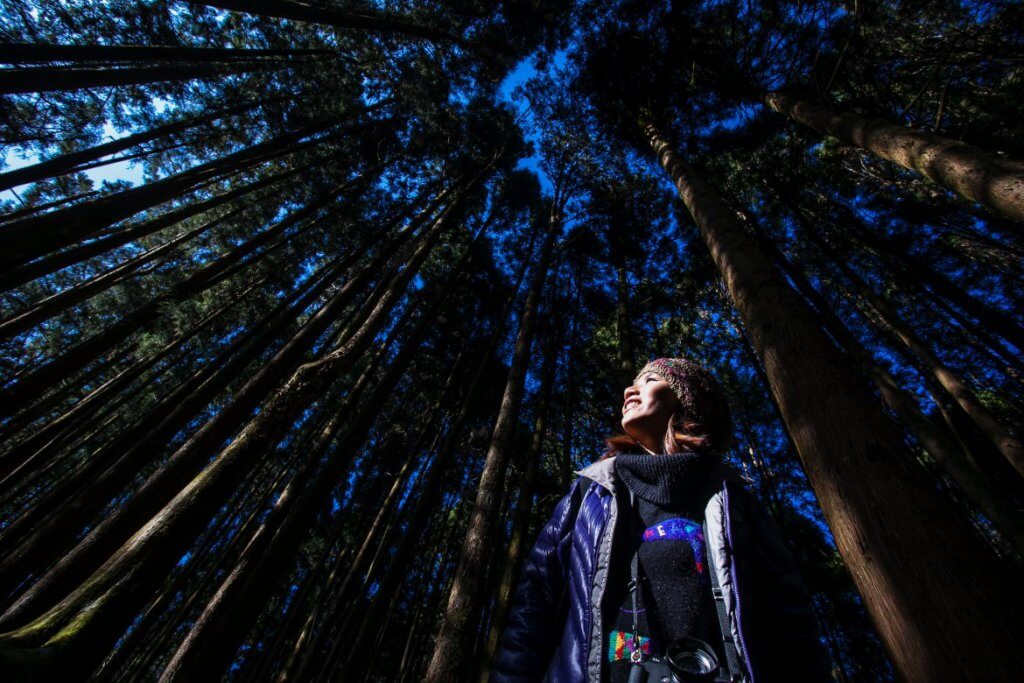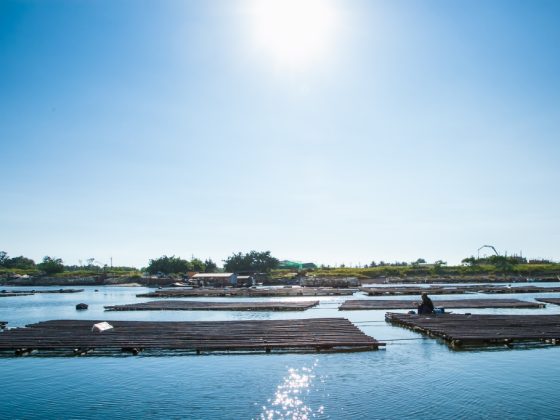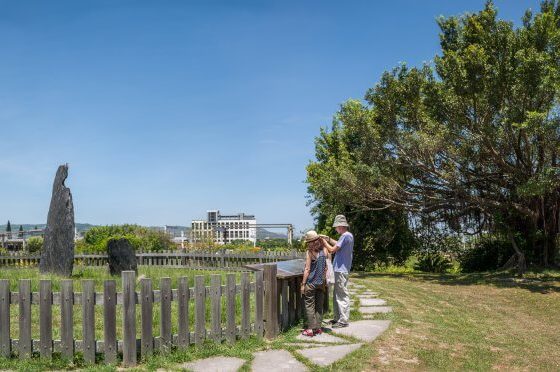Text: Rick Charette
Photos: Chen Cheng-kuo
This Alishan three-day adventure begins on the island’s Western flatlands with visits to attractions located just before the gap in the mountain wall at the town of Chukou that gives access to the rugged, ever-higher peaks hiding beyond. Provincial Highway No. 18 takes you there, and we head upward and skyward along its dramatic twists to the area around the small settlement of Fenqihu, a place of great character whose original reason for being was to serve as a halfway station and timber-loading point on the Alishan Forest Railway, one of the world’s highest and most picturesque lines. The adventure ends far, far higher still, in the Alishan National Forest Recreation Area, the jewel in the Alishan crown.
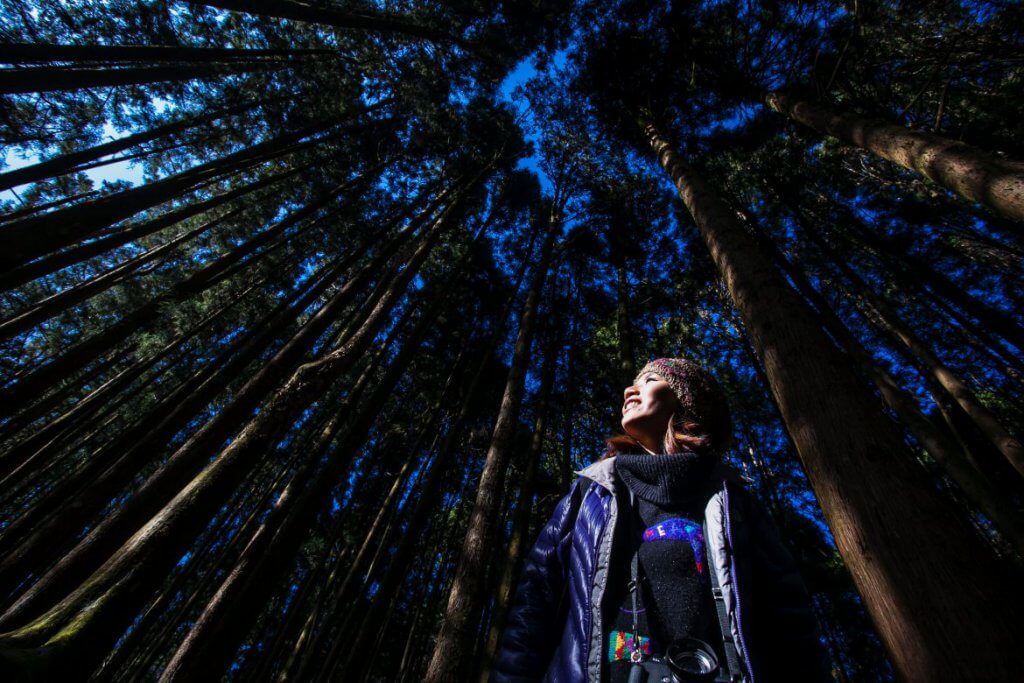
Located in Chiayi County, Alishan National Scenic Area (阿里山國家風景區) is a well-developed tourist resort and recreation area that brings countless numbers of sightseers on pilgrimages to take in spectacular sunrises over what the Taiwanese poetically call yunhai (雲海), or “seas of clouds,” which dramatically roll into the deep valleys like a great incoming tide, and which you witness from above. The pristine, tranquil region is defined by lofty peaks, long and deep valleys, soaring stands of cedar, cypress, and pine, massive “sacred trees” over a thousand years old that stand like immortals amidst their much younger brethren, picturesque tea and coffee plantations, an attractive network of trails, Tsou tribe culture, fresh and tasty mountain produce, and fun alpine forest railway rides. The national scenic area abuts Yushan National Park, home to Taiwan’s loftiest peak, Yushan (玉山; Mt. Jade).
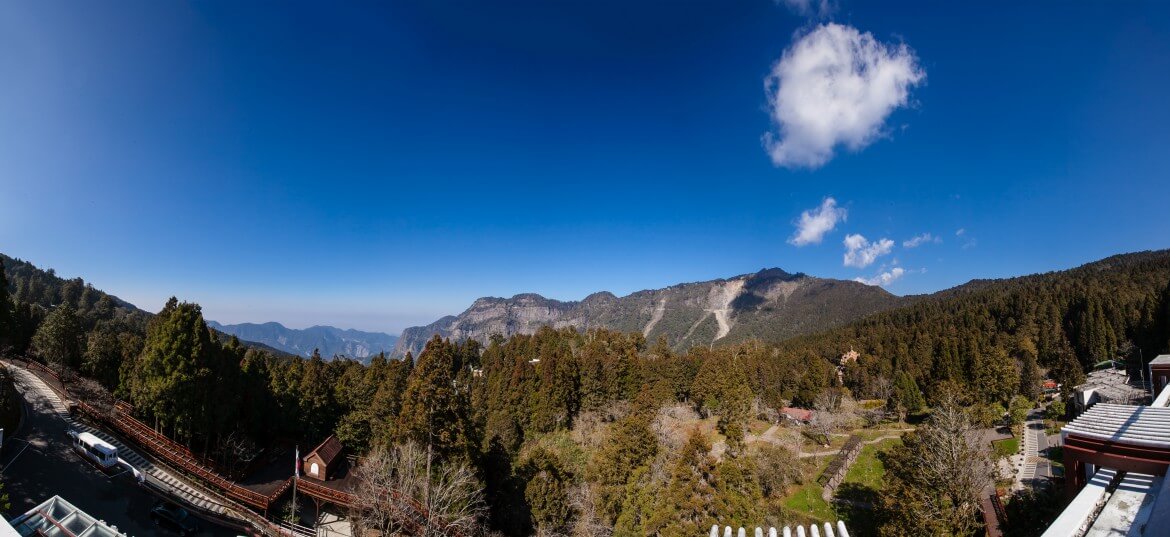
Day 1 – On the Plains around Chukou
Graceful Wufeng Temple (吳鳳廟) is beside Highway 18 in the township of Zhongpu, not far from Chukou. An interesting window into Taiwan history, it was built in 1820 in honor of Wu Feng, a figure of controversy. It is said he was a Qing Dynasty official in this area, respected by both Han Chinese immigrants and the local indigenous peoples, who tricked the latter into giving up their headhunting ways by disguising himself and allowing them to cut off his head. The tale has given rise to much political controversy. The display here presents the story as true. (More on temple culture: 13 Tips for having a deeper Taiwan Temple experience)

Just before Chukou and your mountain ascent are a number of sites, located close to each other along Highway 18, that will bring you reward. The spanking-new Alishan NSA Chukou Visitor Center (阿里山國家風景區-觸口遊客中心), in an expansive facility of dynamic architecture, has English-speaking staff, English brochures, and visually attractive displays on such topics as the area’s tea production and Tsou indigenous culture. There is also a well-produced 18-minute introductory video offered; ask the desk staff to play the English version.
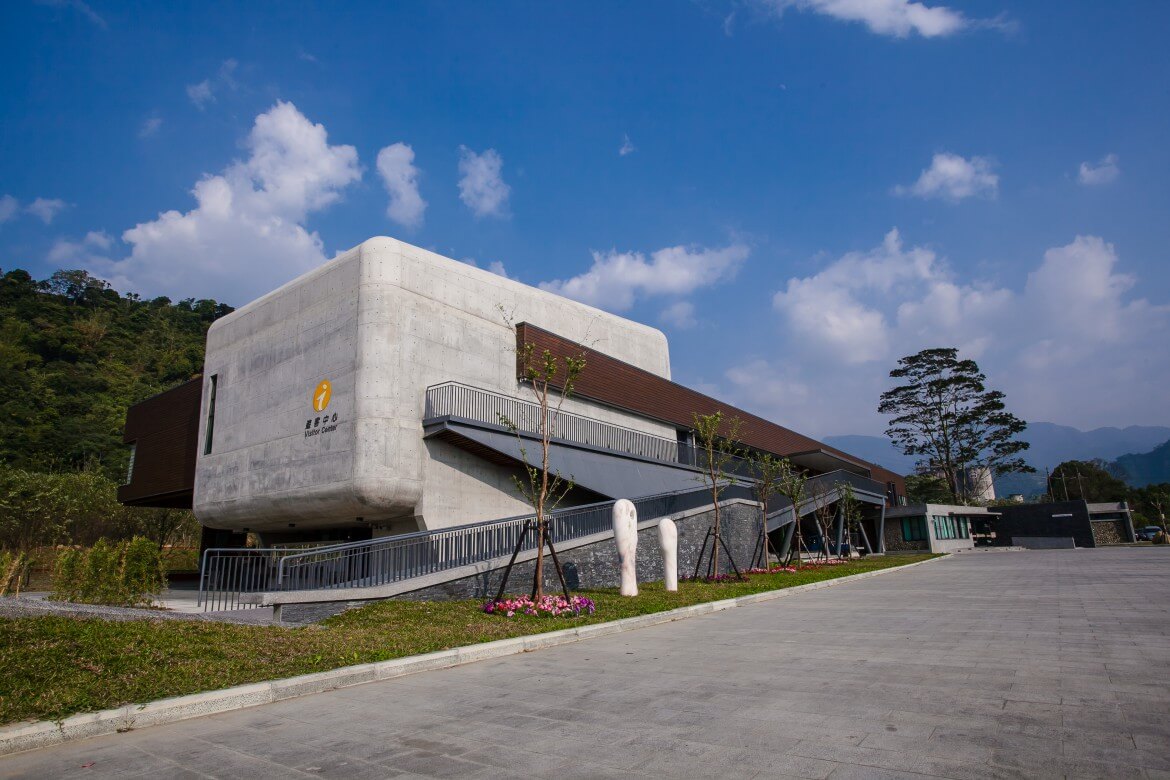
Chukou (觸口) is dramatically set right where the Bazhang River (八掌溪) suddenly emerges from the mountain wall. Oft called the gateway to Alishan, adding to the visual drama are two long river-spanning suspension bridges built by the Japanese in 1937, with a large, ornate Chinese temple off the end of one. The temple’s market area formed in the days before the highway was punched through; Chukou was once a major commercial entrepot, handling flatland goods destined for the hills and Alishan produce headed into the flatlands.
Day 2 – Up to the Mid-Level Hills and Fenqihu
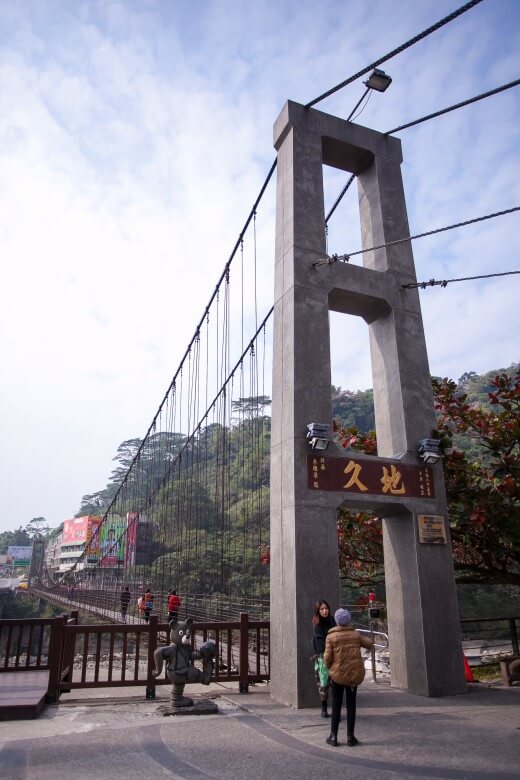
Your trusted writer must here confess to a bit of a fib. It is almost guaranteed that multi-day Alishan sojourners, even if spending a good deal of time at the sites in the section above, will be up in the mountains toward the end of Day 1, looking to witness the iconic sea of clouds phenomenon and to take in the day’s sunset and, perhaps, the next day’s sunrise. I’ve manipulated the “Day” sections in this article a tad so as to give you a better sense of each region’s physical separation and differences.

The Fenqihu-Shizhuo area is 1,200~1,500 meters above sea level. Shizhuo (石棹) village is on Highway 18; Fenqihu is reached via a pretty, gently winding, tree-hugged 5km road. This is tea country, and steep-slope tea plantations are almost always in view. (Related content: A Tale of Three Tea Shops)
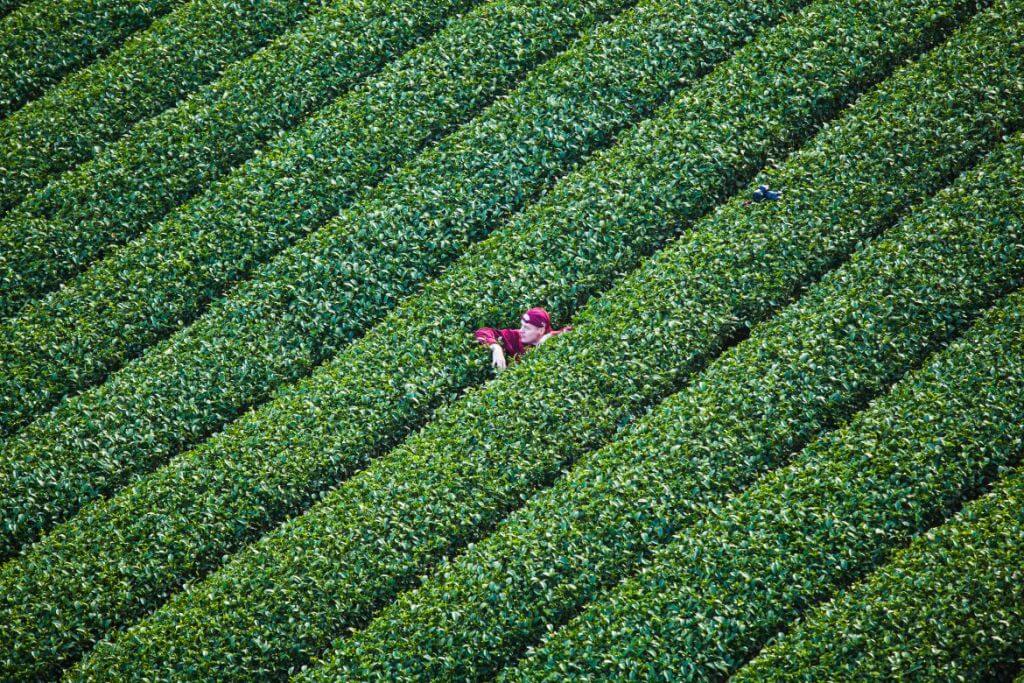
Souvenir shopping for the mellow, premium-quality Alishan high-mountain Oolong is pretty much obligatory, and I find Sheng Le Farm (生力農場), at Xiding (隙頂), below Shizhuo on Highway 18, one of the most pleasant and relaxing places to do so. It has an airy retail area, rustic café/restaurant with big windows to let in the moving seas of clouds panoramas, and a homestay facility. All the teas are from the picturesque surrounding fields, English is spoken in the retail area, and you can even tour the on-site production facilities. Sheng Le also produces Alishan coffee.
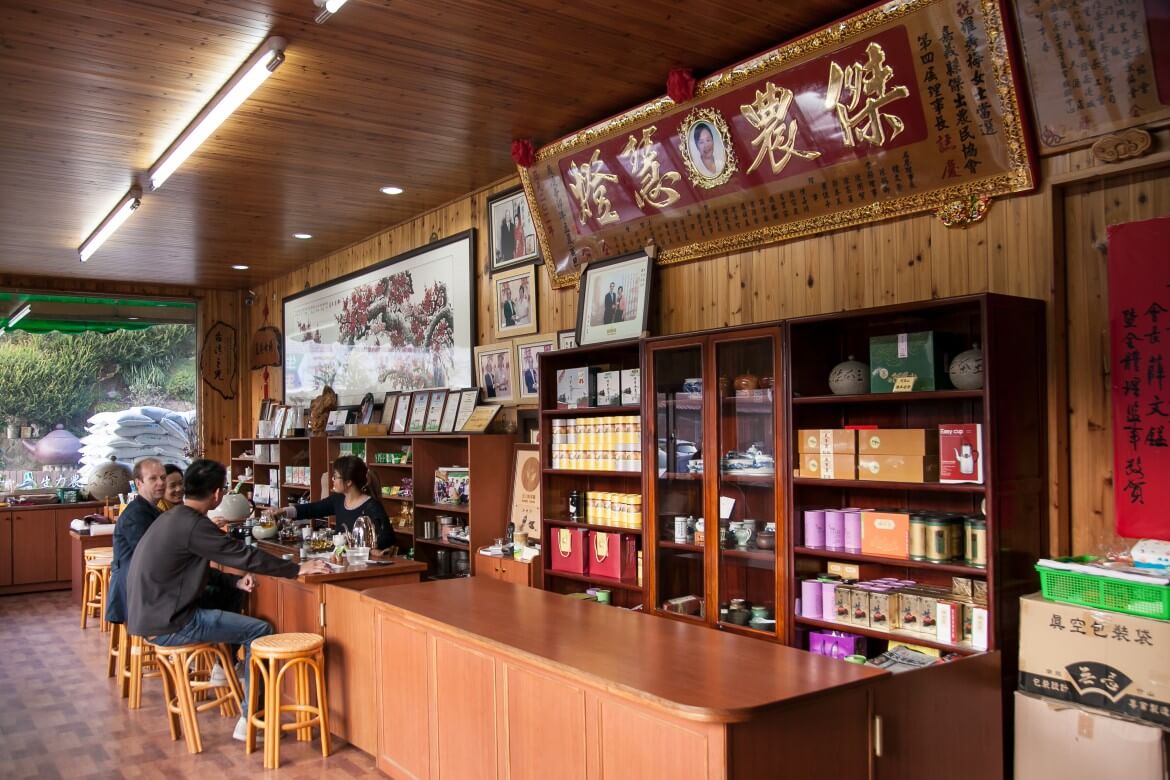
Scenic Fenqihu (奮起湖) has a duo of raisons d’etre – the Alishan Forest Railway (阿里山森林鐵路) was built in the early 1900s by the Japanese to bring logged timber down to the plains, and this spot was both close to great timber stands and could serve as a halfway storage and repair depot. A place of low wooden houses, Fenqihu is fit snugly into a high slope where two mountain bodies meet.
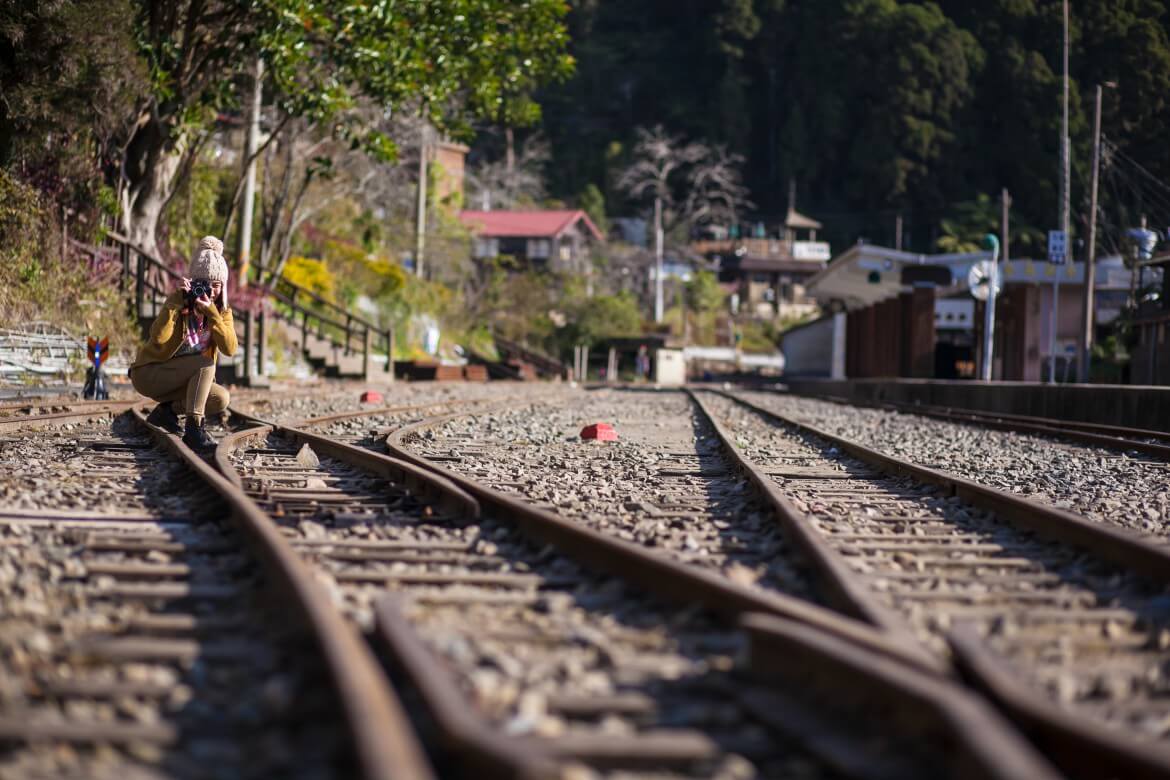
At its top, just above the tracks (the railway is closed indefinitely for maintenance) are homespun wood-built cafés with splendid forest and valley views. Along the tracks you’ll find the attractive old Japanese-built station, the old train depot (free entry), which houses logging-era engines and a model showing the amazing engineering involved in the alpine railway, and a thick showcase stand of six-meter-high square bamboo, brought here from south China in 1941 for use in building, handicrafts, etc.
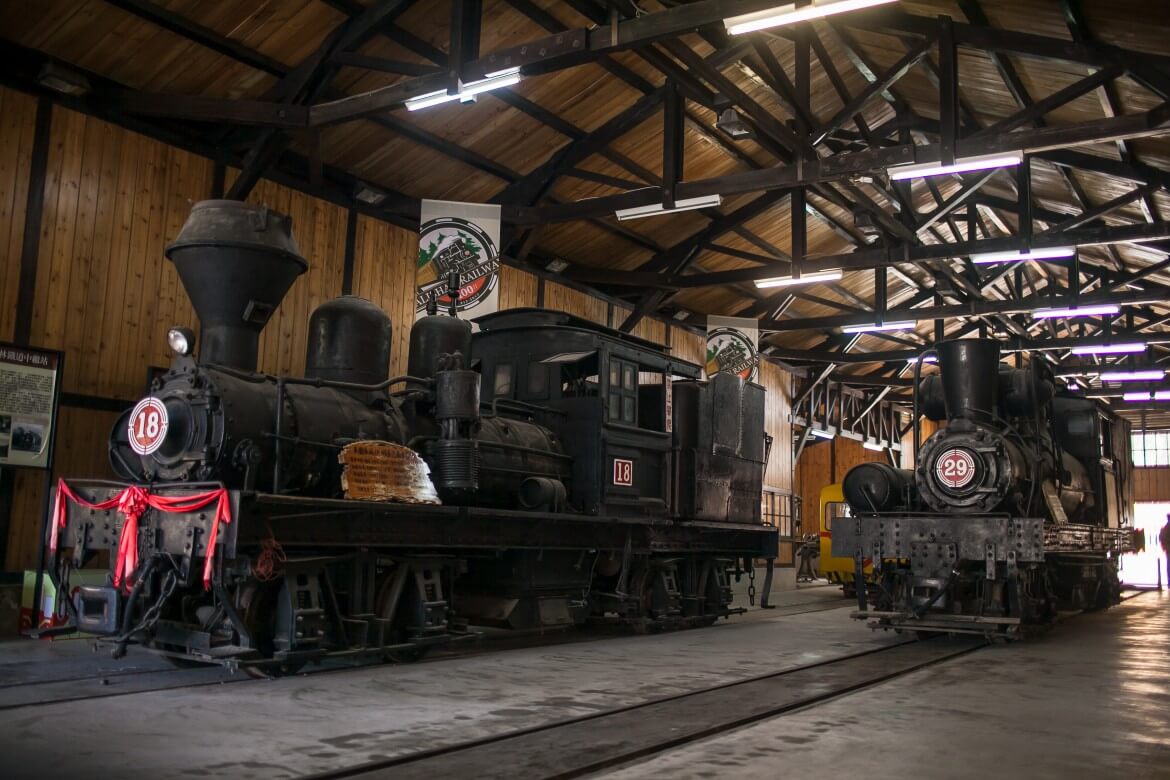
Fenqihu Old Street (奮起湖老街) runs just below the tracks. Lined tightly with heritage shops selling iconic foods and crafts, at points it is covered and so narrow that is it more corridor than street. Two very welcoming wood-décor shops sell traditional baked items such as sun cakes, mochi, and Taiwan-style cookies made with fresh local ingredients.
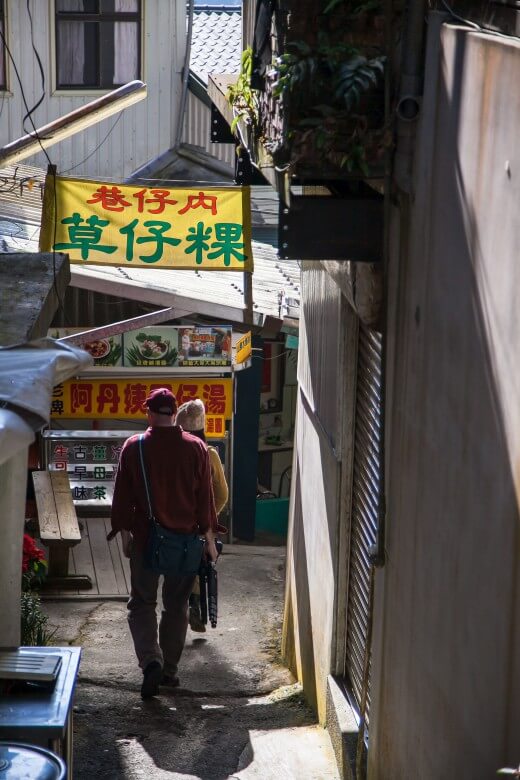
For me, aficionado of spiced-up foods, a must-buy is the popular Alishan wasabi, sold at numerous shops here in cute and colorful little containers that look like old-time milk bottles. The Japanese introduced Japanese horseradish, called shankui (山葵) in Chinese, to Alishan to satisfy their wasabi cravings.
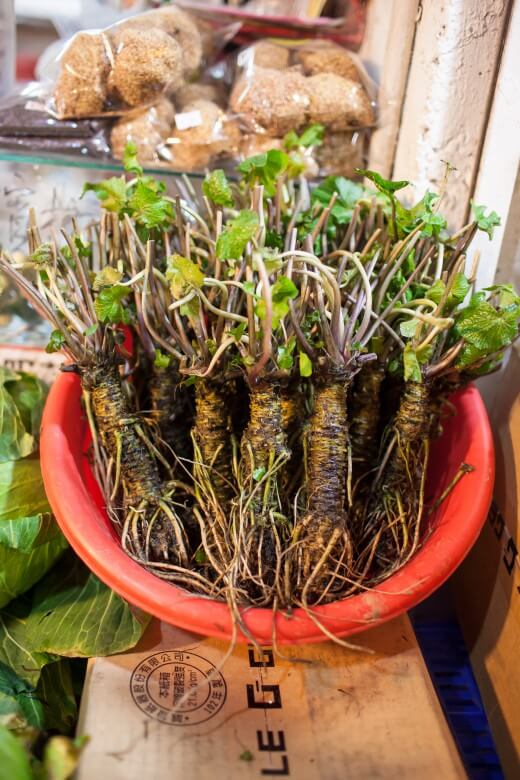
Down at the quiet bottom of the village, beside the small police station, is the Fenqihu Historical Exhibition Room (奮起湖文史館), housed in a beautifully renovated Japanese-era police dormitory. Inside, enjoy the quality Fenqihu-theme display and video, which have good English, and as well enjoy the sunny, breezy café, which has indoor/outdoor seating, Alishan teas and coffees, and the owner-operator’s delicious self-created cold tea/honey/Japanese sake drink. Numerous unique gift items are sold here, notably the owner’s also-delectable orange jam and cane sugar handmade by Tsou tribe members. (More on tribe culture: Celebrating a Bountiful Millet Crop Amis Tribe – Harvest Festival in Hualien and Taitung)

Be sure to leave time to traverse the easy trails that encircle the village, which have good English signage. Highlights include tall stands of cedar, viewing platforms, and the ruins of the area’s Japanese Shinto shrine and an old kiln.
Day 3 – Alishan National Forest Recreation Area
The drive to the forest recreation area from Shizhuo takes about an hour. Along the way, you are presented with ever more impressive peak/cliff/valley vistas and ever more impressive road-engineering feats. Arrival at the forest recreation area brings you into a busy complex of eateries and retailers primarily selling Alishan-theme goods. There is also a visitor center. From the main area, which is at about 2,200 meters above sea level, you launch into the latticework of pathways and eco-friendly raised boardwalks further on uphill and downhill. There are short forest-railway runs from Alishan Station, up behind the food & retail complex, to Zhaoping Station (沼平車站), the Sacred Tree, and, in the early morn, to Zhushan (祝山; “Celebration Mountain”) for the famous sunrises.
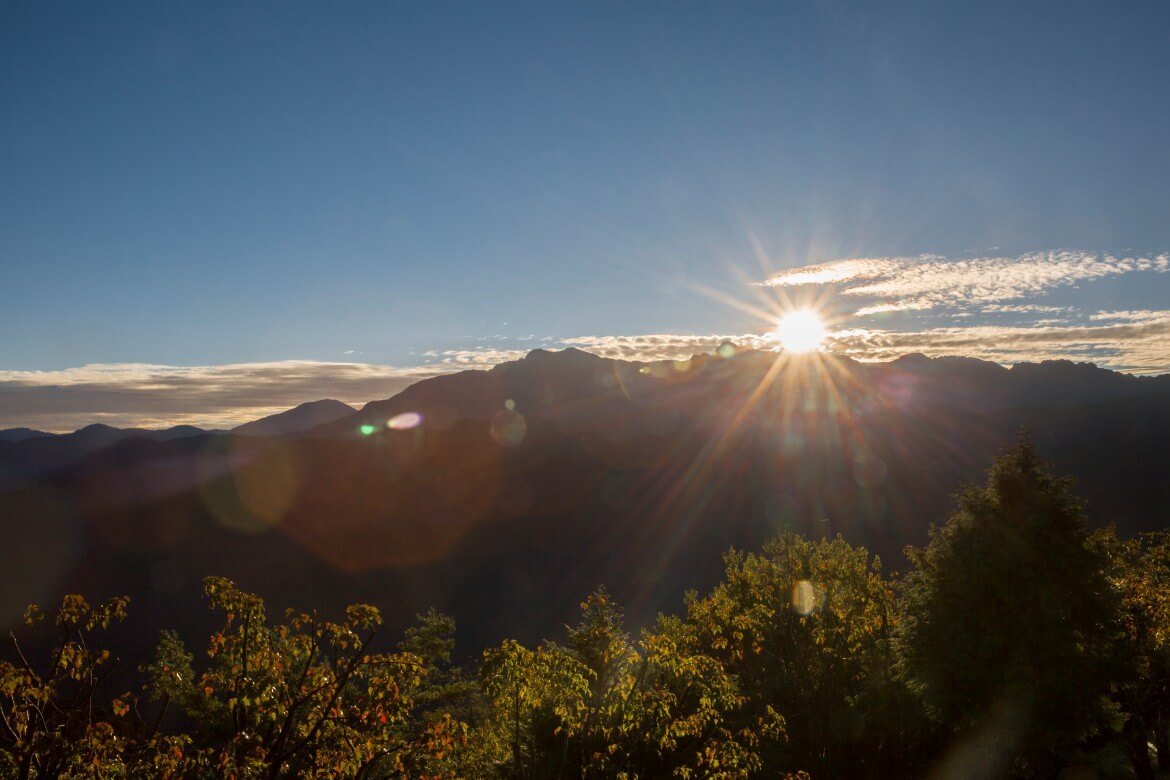
Among the many images of natural beauty that will become part of your album of life memories will be Zhaoping Park’s (沼平公園) decorative cherry trees (planted throughout Alishan by the Japanese), the laid-to-rest Sacred Tree (神木), estimated at over 3,000 years old and long revered by the Tsou, the Giant Tree Trails (巨木群桟道), featuring dozens of massive, ancient red cypress trees, the forest-surrounded Sisters Ponds (姊妹潭), one prettified with two wooden “love pavilions” built on Formosan red cypress bases (said to be named after two lovely native sisters who long ago drowned themselves to avoid a forced marriage), and the fantasy-like Three-Generations Tree (三代木), which has one tree growing from the dead trunk of another, which originally grew from the dead trunk of a third, that one 1,500 years old.
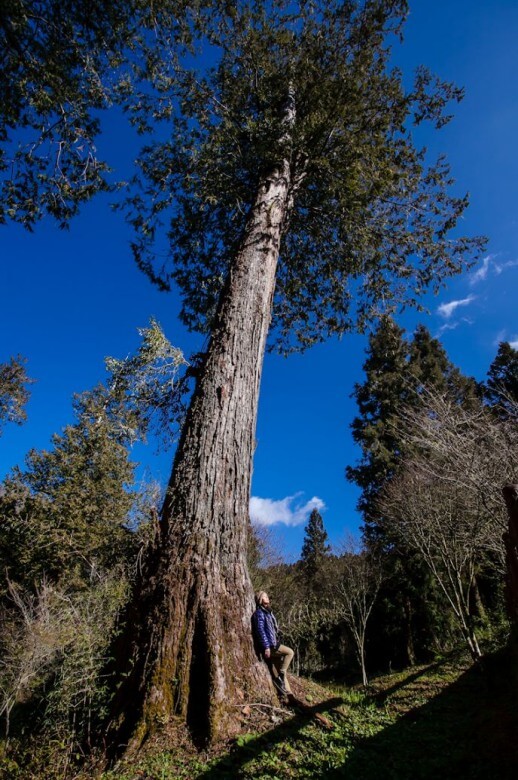
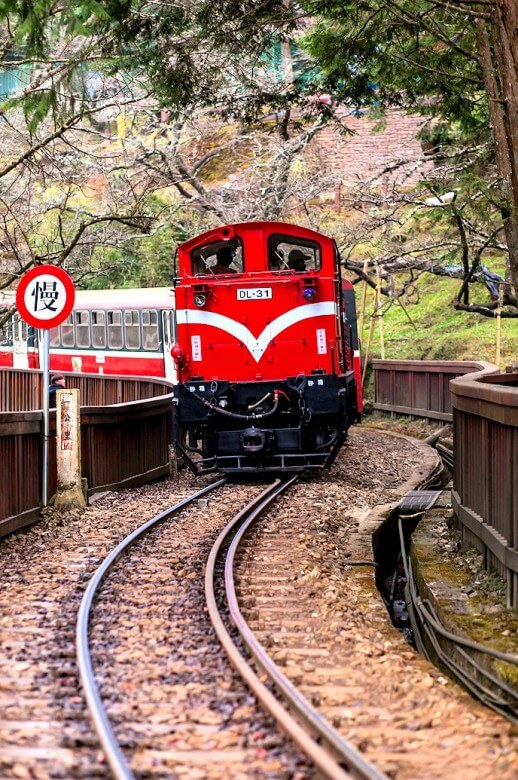
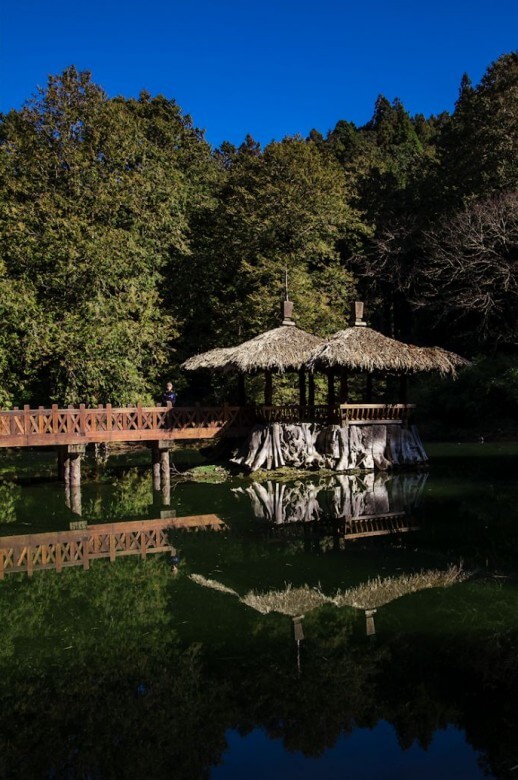
On this three-day trip, taken in January, temperatures reached into the 20s (Celsius) in the day, but tickled zero in the forest recreation area at night – so be prepared! (Read More : Best 30 moments of MyTaiwanTour )
This article was published in Travel in Taiwan magazine (Mar./Apr., 2014)
Visit Alishan by joining our Mid Island History and Nature Tour

